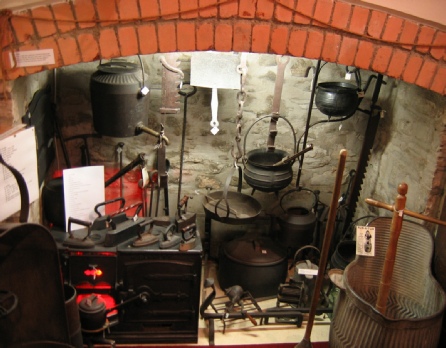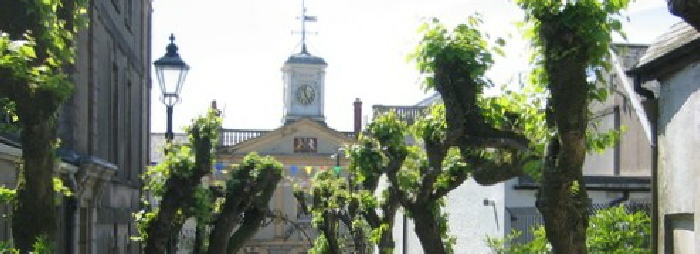
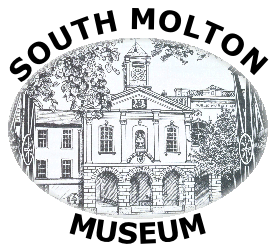


This engine was in use from 1736 to 1886 and was bought for £46, which is the equivalent to the Borough setting aside over £10000 in today's money towards its purchase. It is one of the oldest surviving examples of its kind in the UK.
Richard Newsham, a London pearl button maker, took out patents for improved fire engines in 1725 and 1735. These engines were the first to deliver a continous stream of water, for reasons that are obvious, they were called "bed posters".
The South Molton engine was built under Newsham's 1735 patent and had fixed front wheeels so it was very difficult to manhandle through the streets. Whereas after 1770 the later engines were fitted with pivoting front wheels for easier handling. The engine on display was in use in the Borough until 1886.
It was then replaced by the Merryweather horse-drawn engine, which is also part of the Museum's collection.
Richard Newsham, a London pearl button maker, took out patents for improved fire engines in 1725 and 1735. These engines were the first to deliver a continous stream of water, for reasons that are obvious, they were called "bed posters".
The South Molton engine was built under Newsham's 1735 patent and had fixed front wheeels so it was very difficult to manhandle through the streets. Whereas after 1770 the later engines were fitted with pivoting front wheels for easier handling. The engine on display was in use in the Borough until 1886.
It was then replaced by the Merryweather horse-
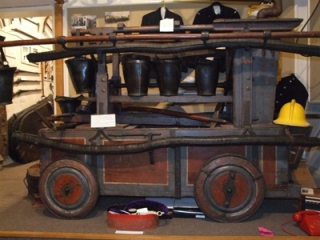

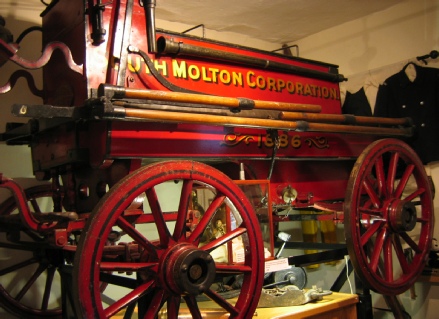
The Merryweather Fire Engine was built by Moses Merryweather at his premises in Long Acre Lane, London and replaced the long serving Newsham Fire Engine.
This was a horse-drawn fire tender and was purchased by the Town in 1886 and was still in use until the early 1930's, before being replaced by "modern motorised" fire appliances
This was a horse-

This has a central hand-
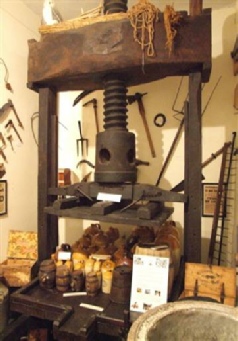


Machines like this would have been a common sight in the latter part of the nineteenth century. This type of bicycle was called the Ordinary, to distinguish it from attempts to produce a safety machine.The bicycle features:
A tubular steel frame
Front wheel spoon brake, introduced in 1873
50 inch front wheel
16 inch wheel
Mounting hitch on frame over the rear wheel
Hard tyres
Production began in 1870, taking over from the "boneshaker" style machine. Some 500 firms, many based in Coventry, produced around 200,000 such bicycles until 1892. Production more or less ceased with the introduction of the pneumatic tyre, from 1890, which made the safety bicycle the more comfortable conveyance.

The Victorian Fireplace has numerous examples of the kitchen implements and cooking pots that were commonly used in most homes of that time. Amongst items to be seen are:
Wrought iron range
Cast iron cooking pot
Wrought iron fire bar stand
Flat irons
Victorian glass pickling jar
Victorian bread board
Bread oven
